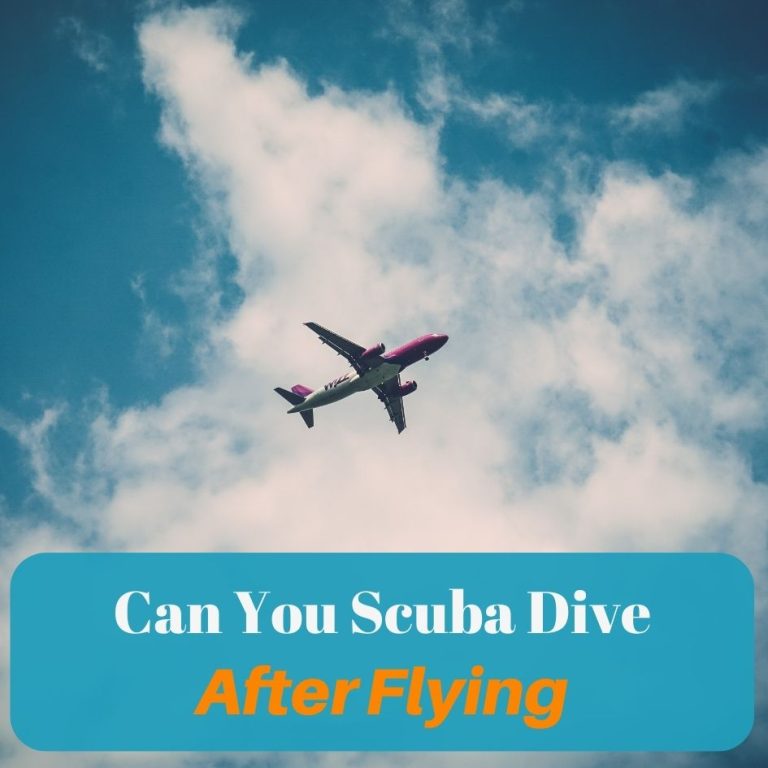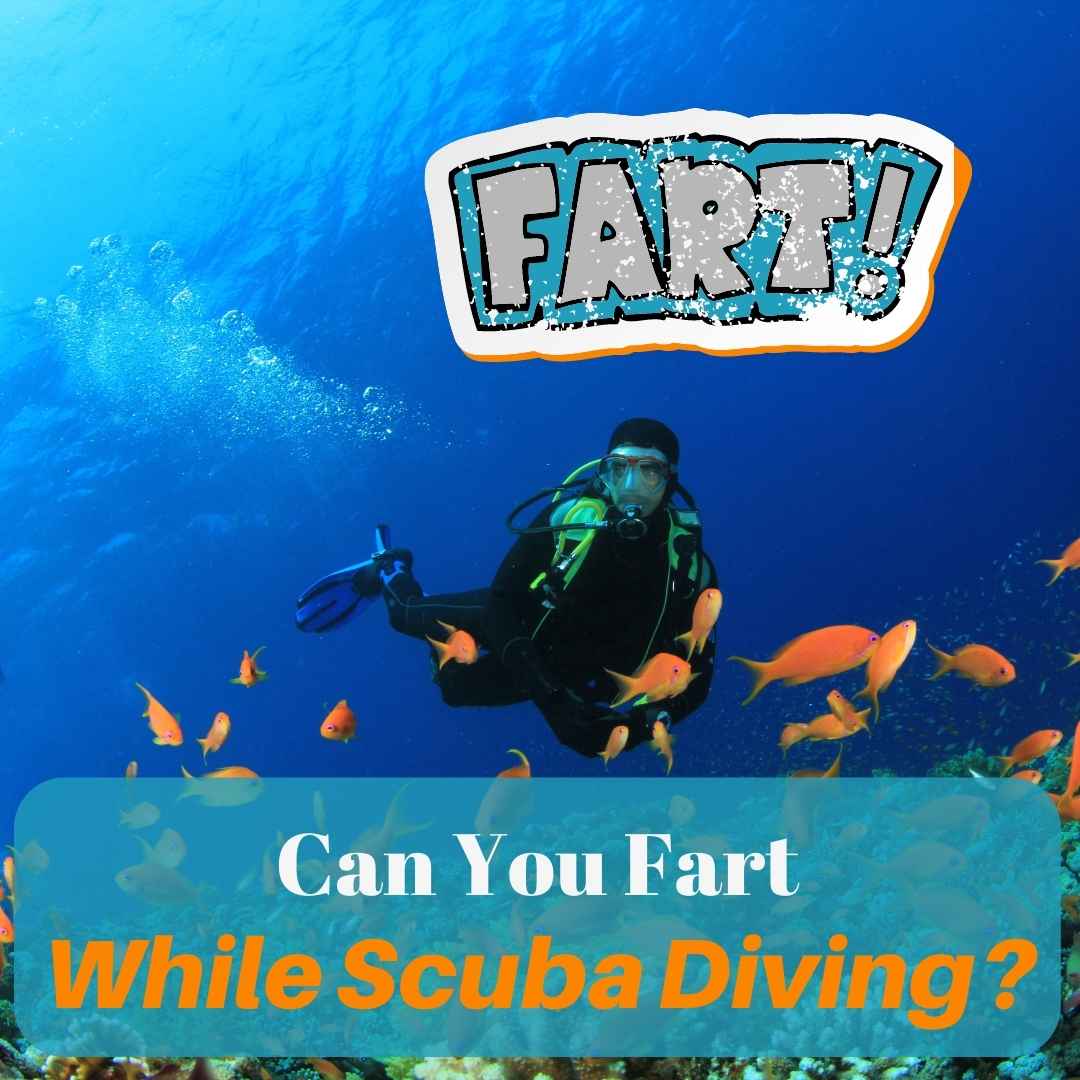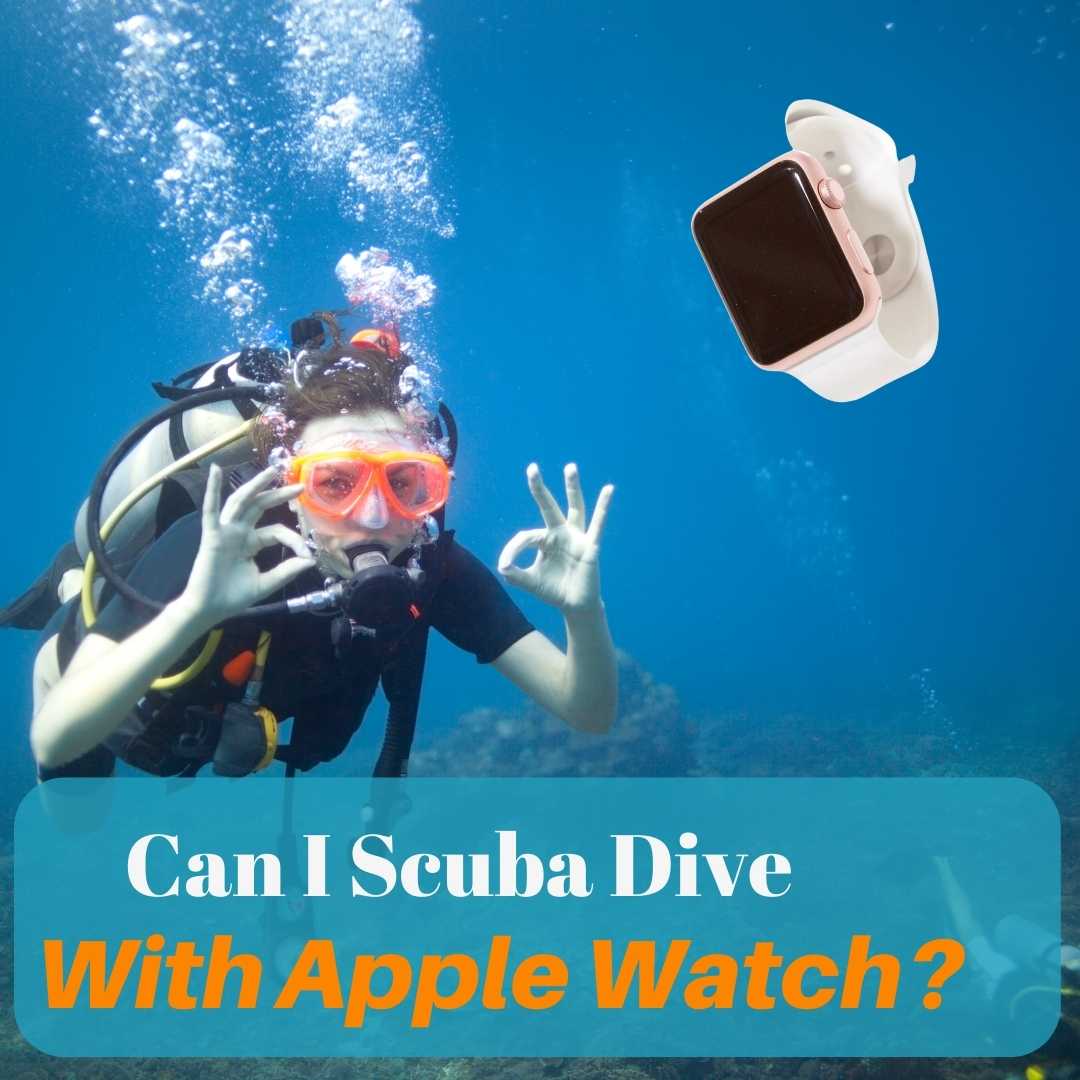Scuba diving and flying involve changes in atmospheric pressure which have implications for divers’ safety. Divers must navigate the risks associated with decompression sickness, commonly known as the bends, which can occur when dissolved gases, mainly nitrogen, come out of solution and form bubbles in the body. Following recommended wait times after diving before flying can mitigate these risks. Although there isn’t a universally agreed upon waiting period before flying after diving, reputable diving organizations provide guidelines to follow. It’s generally accepted that waiting a certain amount of time after a dive can greatly reduce the chances of decompression sickness due to flying.

Understanding when it is safe to dive after flying is equally important. While immediate diving after flying isn’t usually a major concern, it’s recommended to be cautious. For those who have been on long-haul flights or are feeling fatigued, proper hydration and rest are advisable before engaging in a dive. Diving organizations may also provide suggested wait times depending on the duration of the flight and the depth and number of dives a person plans to undertake.
Table of Contents
Key Takeaways
- Divers should wait a recommended period before flying after diving to reduce decompression sickness risk.
- Waiting times can vary based on guidelines from different diving organizations.
- Diving immediately after flying is less risky, but caution is advised for those who are dehydrated or fatigued post-flight.
Understanding Scuba Diving and Flying

When one engages in scuba diving after flying, the concerns primarily revolve around the body’s management of nitrogen and the associated risks of decompression sickness (DCS).
The Science Behind Diving After Flying
Scuba diving exposes the body to increased pressure underwater, leading to more nitrogen dissolving in the tissues. After a flight, the body might still retain excess nitrogen. Diving too soon after flying may not provide sufficient time for this excess nitrogen to be released from the body’s tissues. It’s generally safer to dive after flying rather than before, because flying after diving increases the risk of DCS due to the reduced atmospheric pressure in an airplane cabin, which can facilitate the release of nitrogen from the tissues too rapidly.
Read Next: Can I Fly After Scuba Diving?
Decompression Sickness Risk Factors
- Duration of Flight: Longer flights may contribute to a higher amount of residual nitrogen in the body.
- Altitude Reached During Flight: Higher altitudes may lead to greater reductions in ambient pressure, resulting in more nitrogen remaining in the tissues.
- Time Between Flying and Diving: A longer surface interval between flying and diving allows more time for nitrogen to be eliminated from the body.
- Individual Susceptibility: Factors such as age, fitness level, and hydration can influence an individual’s susceptibility to DCS.
The guidelines offered by diving authorities often suggest waiting for a specific period after flying before diving to allow nitrogen levels to normalize.
Guidelines for Safe Diving After Flying

In establishing safe diving practices, it is crucial to consider the interval between flying and diving. The following guidelines aim to mitigate the risks associated with nitrogen absorption in the body.
Pre-Dive Time Frame
For divers planning to enter the water after flying, a waiting period is essential for safety. This interval allows the body to normalize and reduce the retained nitrogen accumulated during the flight, thus diminishing the risk of decompression sickness (DCS). Specifically:
- For flights under 8 hours: A wait of a minimum of 12 hours is recommended before diving.
- For longer flights over 8 hours but under 12 hours: A conservative approach calls for an 18-hour waiting period.
Read Next: Differences Between Steel vs. Aluminium Scuba Tanks
Post-Flight Diving Recommendations
Upon completing a flight, divers should take certain precautions before embarking on a dive:
- Hydration: Drink plenty of fluids to combat the dehydrating effects of flying.
- Check Equipment: Ensure all diving gear is in proper working order after transport.
- Limit Bottom Time: Consider planning shallower dives with shorter bottom times for the first dive post-flight.
- Continuous Monitoring: Divers need to be vigilant of any symptoms of DCS and should avoid aggressive dive profiles during their initial dive.
Considerations for Specific Situations

When engaging in scuba diving after flying, there are specific situations that divers need to account for to ensure safety. These include the complexities associated with long-haul flights and altitude diving.
Diving After Long-Haul Flights
Fatigue and Dehydration: After long-haul flights, divers often experience increased fatigue and dehydration. It’s crucial to be well-rested and hydrated before a dive. Divers should refrain from alcohol consumption during the flight, as this can exacerbate dehydration, leading to an elevated risk during a dive.
Waiting Period: A sufficient recovery period is advised before diving to allow the body’s rhythms to normalize. Although there’s no standard wait time post-flight before diving, many experts suggest a minimum 12-hour interval.
Altitude Diving Considerations
Increased Risk at Higher Altitudes: Diving at locations situated at higher altitudes poses an additional risk due to lower atmospheric pressure. Divers must adjust their dive profiles and ascent rates accordingly to avoid decompression sickness.
Specialized Training: Specialized altitude diving training is recommended. This equips divers with knowledge on how to manage longer decompression times and the need for modified dive tables or dive computers set for higher altitudes.
Frequently Asked Questions

Scuba diving after flying requires adhering to safe time intervals to minimize health risks. The following FAQs provide clarity on best practices and recommendations from diving and aviation organizations.
How long should you wait before scuba diving after a flight?
Divers should wait a specified number of hours before scuba diving after flying to avoid decompression sickness. The wait time varies; the Divers Alert Network (DAN) recommends at least 12 hours after a flight, whereas other organizations suggest a longer period.
What is the recommended minimum surface interval suggested by PADI before diving post-flight?
The Professional Association of Diving Instructors (PADI) does not specify a set interval for post-flight diving, but it emphasizes the importance of waiting to allow the body to equilibrate to avoid decompression illness.
What are the risks associated with scuba diving too soon after flying?
Scuba diving too soon after flying increases the risk of decompression sickness, where dissolved nitrogen bubbles form in the bloodstream due to changes in pressure, potentially leading to serious health problems.
Are there different waiting periods for scuba diving after flying based on altitude or flight duration?
Yes, it is generally safer to wait longer before scuba diving after longer or higher-altitude flights due to the accumulated nitrogen in the body that needs time to dissipate.
Why is it advised to avoid diving and flying on the same day, according to scuba diving safety guidelines?
Scuba diving and flying on the same day is discouraged because this short time frame increases the risk of decompression sickness due to pressure differences experienced during both activities.
What are the Federal Aviation Administration’s regulations on flying after scuba diving?
The Federal Aviation Administration (FAA) advises no flying within 12 hours of scuba diving that does not require decompression stops, and no flying within 24 hours of diving that does require such stops to reduce the risk of decompression sickness.




